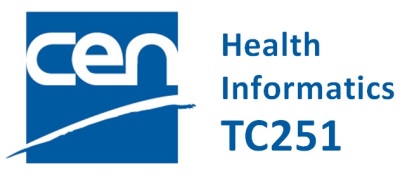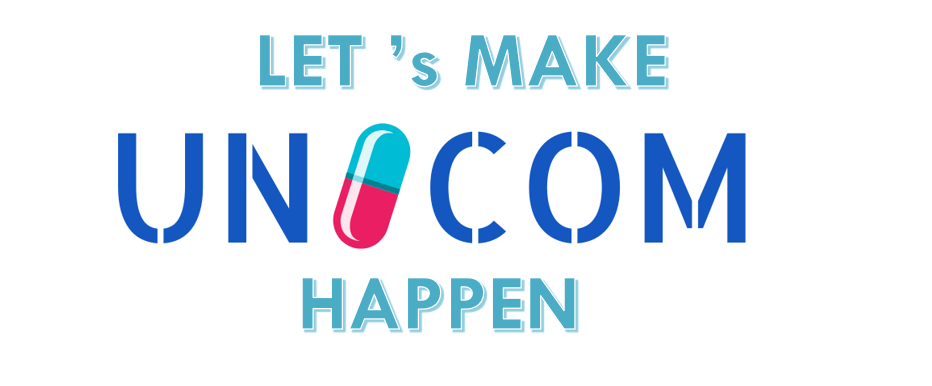The European Commission asked for feedback from citizens and stakeholders to provide views on the Commission’s understanding of the current situation, problem and possible solutions and to make available any relevant information that they may have, including on possible impacts of the different options.
The European health data space will:
- promote safe exchange of patients’ data (including when they travel abroad) and citizens’ control over their health data
- support research on treatments, medicines, medical devices and outcomes
- encourage the access to and use of health data for research, policy-making and regulation, with a trusted governance framework and upholding data-protection rules
- support digital health services
- clarify the safety and liability of artificial intelligence in health.
More information about this initiative can be found here.
Below you can find the reaction of the TC on this initiative.
Input to the European Health Data Space initiative – combined evaluation roadmap/inception impact assessment.
CEN Technical Committee 251 Health Informatics is very positive on the initiatives around a European Health Data Space.
We see an important role for the standards that CEN/TC 251 produces in the problem area identified in the third bullet of the section “Problems the initiative aims to tackle”, as well as on the “Preliminary Assessment of Expected Impacts”.
There is fragmentation of digital standards and limited digital interoperability between healthcare systems.
CEN/TC 251 is responsible for a number of standards in this area, including the International Patient Summary which is based on the Guideline for the Patient Summary adopted by the eHealth Network. We also participate actively in the X-eHealth project to further develop and promote the use of the European Electronic Health Record Exchange Format. One thing that we have learned over the years is that digital interoperability is not only dependent on the existence of standards for digital exchange of data. We would like to highlight two additional problems or prerequisites to be addressed by the Roadmap.
- Commitment to digital standards for the capture and exchange of health data by healthcare professionals and health authorities
This comment refers to the upper layers of the Refined eHealth European Interoperability Framework (ReEIF) – Policy and Care Process. Without a driving force for standardization from the health policy and healthcare professional bodies, the need for digital standards will not be recognized, nor will the potential benefits be realized. - Standardized structured data capture in Electronic Health Record systems
The ability of Electronic Health Record systems to support the European Electronic Health Record Exchange Format (EEHRxF) depends heavily on the standardized structured data capture enabled and enforced by these systems. The same holds for the current cross border Patient Summary and ePrescribing/eDispensing guidelines and related standards as implemented in the eHealth Digital Service Infrastructure (MyHealth@EU). Only when Member States engage the operators, users and vendors of Electronic Health Record systems to implement both capture and exchange of standardized structured data, conformant to a common EU-wide (or global) set of digital standards, will the application of the EEHRxF for primary and secondary use of health data be successful.
We recommend these two aspects to be taken into account in the proposed evaluation of the cross-border healthcare Directive.
Preliminary Assessment of Expected Impacts
In line with the two comments above, we would like the section on impact to include the consequences this will have for healthcare providers and professionals. The current statement on “some economic investments from Member States and relevant stakeholders” in our view takes the required effort far too lightly. Current Electronic Health Record systems in all Member States need to evolve to the level which is capable of fulfilling the objectives stated in the report. Moreover, these changes will impact the training and daily work of all healthcare professionals that capture and use data in Electronic Health Record systems. In our view “some economic investments” doesn’t begin to cover the effort needed. This is exemplified by the current decision by the eHealth Network to not implement the CEN standard for the International Patient Summary in the eHealth Digital Service Infrastructure right now, given the required implementation effort by the Member States. Another example is found in the UNICOM project on the implementation of the global standard for the Identification of Medicinal Products (IDMP), which needs multiple million euros to support implementation efforts in the National Competent Authorities. Even though the investments will be very substantial, it is our firm conviction that the potential value to be generated across the EU will outweigh the cost of creating a truly pan-European Health Data Space for both primary and secondary use of health data.
This also has an impact on the section on Likely impacts on simplification and/or administrative burden. Especially the use of structured data entry in Electronic Health Record Systems has taken a heavy toll on doctors, nurses and allied health professionals. In the United States they have implemented a strategy to reduce this administrative burden on clinical personnel. We feel it is important to include measures to reduce this clinical burden in both the policy options and the likely impacts, especially since current practice still seems to entail almost full duplication of work in the capture of routine clinical data and research clinical data.
In conclusion
Through our network of experts across the National Member Bodies participating in CEN/TC 251 Health Informatics we are ready to support the implementation and further development of the necessary digital standards to make the European Health Data Space come alive and thrive.
CEN/TC 251 Health Informatics
February 3rd, 2021



